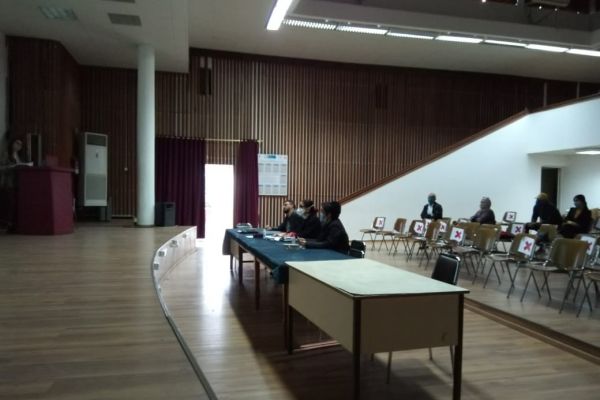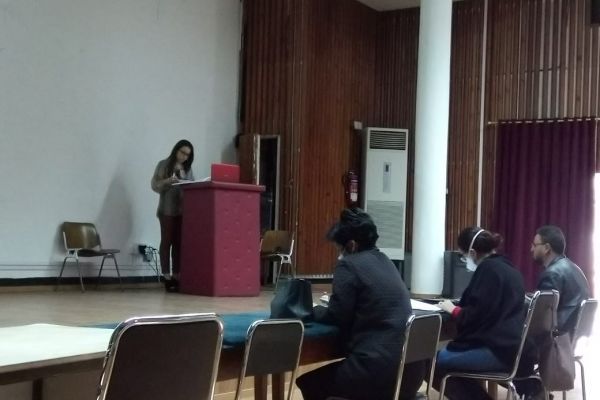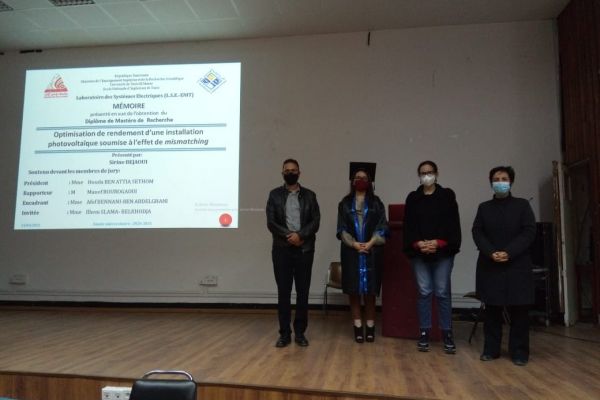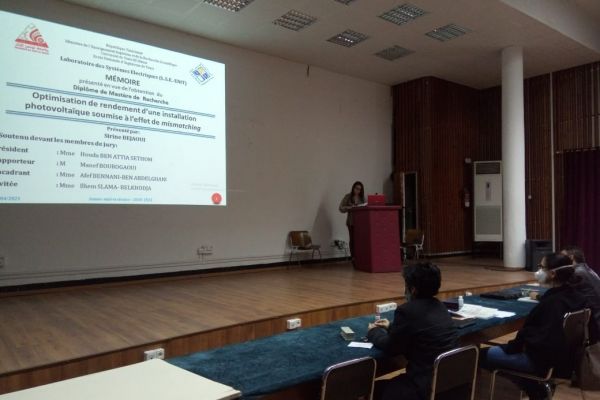Master Defense of Mrs. Sirine BEJAOUI
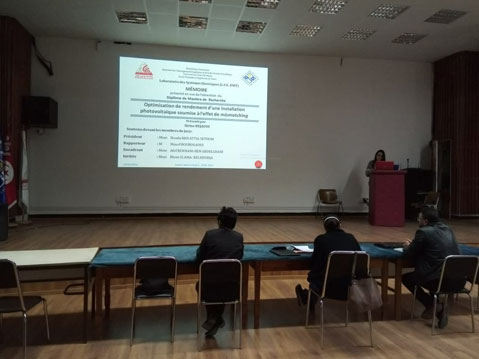
Optimization of the efficiency of a photovoltaic installation subject to the effect of mismatching
Summary
The amount of electrical energy produced by photovoltaic installations is related to the amount of light received by the panel. However, photovoltaic generators are installed outside, and subsequently, the amount of electrical energy generated depend on climatic and environmental conditions, which can vary naturally or as a result of specific problems, which may affect the proper functioning of photovoltaic installations. The most common and random flaw is mismatching. The aim of our research is to investigate how to minimize the impact of this phenomenon of mismatching. The work began with the study of a 3 kWp installation to establish and validate a mismatching model based on experimental tests. This model was then applied to a more complex installation to investigate different topologies of association of photovoltaic panels of a photovoltaic generator (GPV). Case studies were conducted by simulation using POWERSYS PSIM software and showed that serial topology amplifies losses due to mismatching, leading to the choice of static TCT (Total-Cross-Tied) configuration for the study GPV. Subsequently, the static GPV configuration was replaced by a dynamic configuration that allows to change the locations of the PV panels using the principle of irradiance equalization, by applying in the control the algorithm of Smart Choice (while retaining the TCT topology as the base configuration). The simulations conducted using PSIM show that this technique results in an improvement in GPV output power efficiency.
Key words
Photovoltaic generators, disadaptation, performance optimization, static topology, dynamic topology, irradiance equalization principle, Smart Choice


